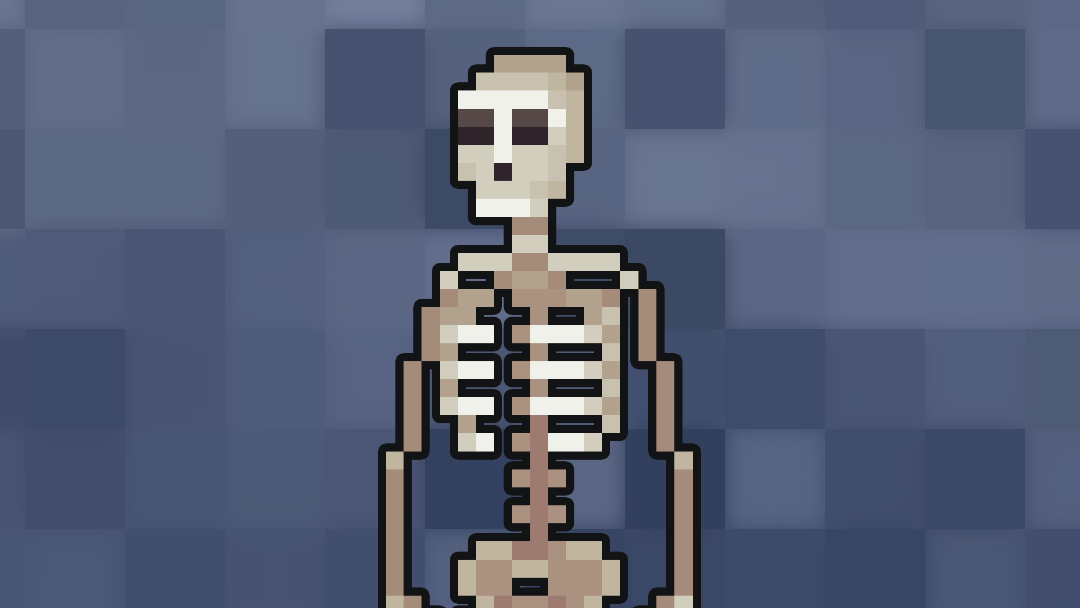Anatomy articles often vary in their structure significantly, depending on the topic being covered. As a result, we do not provide a rigid structure you must follow when publishing anatomy articles on the Geeky Medics website, however, you should follow the style of the example included in the link below. The most important thing is that you structure your article in a way that would seem logical to a reader and make the topic covered easier to understand.
Two things we would like to see included in all articles are:
- Clinical relevance section(s): see further details below.
- Key points summary: a bullet-point summary at the end of the article including the most important points to take away from the article.
- our example of a well written and appropriately structured anatomy article.
- our article style guidelines which need to be carefully followed for your article to be accepted.
Images
Anatomy articles often rely on images to convey important information and therefore being able to source appropriately licenced images is essential. Thankfully there is now a lot of anatomical imagery available online that has licencing which permits re-use, with the two most common licence types being “Creative Commons (CC)” and “Public domain”.
Make sure to read our article style guidelines for details on how to source appropriately licenced images using Google image search.
Some useful sources of appropriately licenced anatomy images include:
- Old Grey’s anatomy images free to use and adapt (you can often find a specific image relevant to your topic on the Wikipedia page about that topic, but here are all of the images in one place).
- OpenStax Anatomy & Physiology: free to use images/content – as long as referenced appropriately (Creative Commons licence).
If you are unable to find an image for an anatomy article, you can either create one yourself (if able) or ask us to look into it.
Again, make sure to read our article style guidelines for details on how to source appropriately licenced images using Google image search.
Clinical relevance section(s)
For each anatomy article, we like to have at least one clinical relevance section included. We have included an example below. See our article style guidelines for more information on how to highlight which content you’d like to appear in a block like the one below.
Clinical relevance: Cavernous sinus thrombosis
Anatomically, the cavernous sinus is closely related to the highly anastomotic system of nasal sinuses, which can result in the retrograde spread of infection. The causative organism is usually Staphylococcus, Streptococcus or Haemophilus species.¹
Common causes include:²
- Nasal furuncle (boil) [50%]
- Sinus infection (sphenoid, ethmoid) [30%]
- Dental infections [10%]
- Trauma
Cavernous sinus thrombosis is also a rare but potentially lethal complication of orbital cellulitis.³
Key points section
At the end of the article, summarise the most important points (not the entire article) as bullet points.
Key points
- The tongue is a muscular organ of the oral cavity that has an important role in taste, swallowing, speech and can impact upon airway patency.
- It is made up of four paired extrinsic and intrinsic muscles, of which the latter determine tongue position.
- The muscles, neurovasculature and lymphatics of the tongue serve an important role in determining the spread of malignancy and surgical approach to head and neck pathology.
- Damage to the hypoglossal nerve leads to deviation towards the side of the lesion.
Questions or feedback
If you have any questions or feedback on how to improve these guides, don’t hesitate to email us at [email protected]. 🙂



